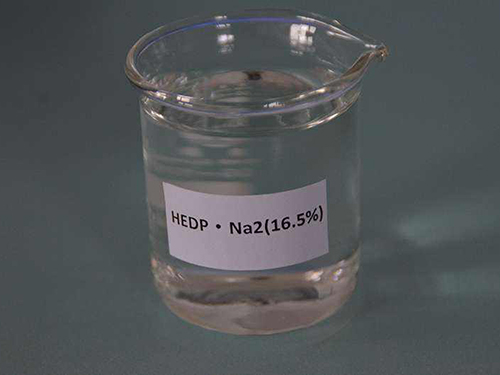Coagulation and Flocculation Processes for Effective Water Purification Techniques
Coagulation and Flocculation in Water Treatment
Water treatment is an essential process that ensures safe drinking water and protects public health. Among the various techniques used, coagulation and flocculation play a critical role in removing suspended solids, bacteria, and other impurities from water. Understanding these processes is vital for water treatment plants and environmental engineers as they strive to provide clean and safe water supplies.
What is Coagulation?
Coagulation is the first step in the water treatment process. It involves the addition of coagulants, typically chemical substances that help to neutralize the charges on suspended particles in water. Common coagulants include aluminum sulfate (alum), ferric chloride, and polyaluminum chloride. When these coagulants are introduced into the water, they help to destabilize fine particles that carry a negative charge, allowing them to clump together or coagulate.
The mechanism of coagulation is primarily physical and chemical. In water, many particulate materials carry negative charges, preventing them from coming into closer contact. The addition of a coagulant neutralizes these charges, causing the particles to come together and form larger aggregates known as flocs. This process is crucial as it initiates the removal of unwanted materials from the water, including silt, mud, bacteria, and organic matter.
The Role of Flocculation
Flocculation follows coagulation and is characterized by the gentle mixing of water to encourage the formation of larger flocs. During this stage, the water is stirred slowly, allowing smaller flocs to collide and merge into larger aggregates. This process enhances the efficiency of subsequent sedimentation and filtration stages.
Flocculation typically uses a flocculant, which is a substance that promotes floc growth. While coagulants facilitate initial particle aggregation, flocculants help maintain the stability and size of the flocs produced. Common flocculants include synthetic polymers like polyacrylamide and natural materials like starch. The choice of flocculant depends on the specific water quality conditions and the characteristics of the contaminants present.
Importance in Water Treatment
The combined processes of coagulation and flocculation are essential for effective water treatment. They provide the following benefits
coagulation and flocculation in water treatment

1. Removal of Suspended Solids Coagulation and flocculation effectively reduce turbidity by removing suspended solids, which are responsible for cloudy water. This is vital for ensuring that drinking water meets health standards.
2. Pathogen Control By helping to remove bacteria, viruses, and protozoa, these processes contribute significantly to reducing the risk of waterborne diseases.
3. Improved Filtration The formation of larger flocs enhances the efficiency of filtration systems. Larger flocs can be more easily trapped by filters, resulting in cleaner water.
4. Cost-Effectiveness By effectively reducing impurities in water, coagulation and flocculation can lower the need for costly advanced treatment processes, making water treatment more economical.
Challenges and Considerations
While coagulation and flocculation are effective, they are not without challenges. The proper dosage of coagulants and flocculants is crucial; too little may lead to ineffective removal of particles, while too much can introduce additional contaminants into the water. Additionally, the selection of coagulants may vary based on water quality and regulatory requirements.
Moreover, the resulting sludge from these processes must be disposed of properly, as it can contain concentrated pollutants. Advances in technology and research are continually improving methods for sludge management and minimizing environmental impacts.
Conclusion
Coagulation and flocculation are fundamental processes in water treatment, essential for ensuring safe drinking water. By understanding the chemistry and mechanics of these processes, water treatment facilities can enhance the quality of water supplied to communities while protecting public health. As the challenges of water scarcity and contamination increase, continuing to refine these methods will be vital for sustainable water management in the future.
-
lk-319-special-scale-and-corrosion-inhibitor-for-steel-plants-advanced-solutions-for-industrial-water-systemsNewsAug.22,2025
-
flocculant-water-treatment-essential-chemical-solutions-for-purification-processesNewsAug.22,2025
-
isothiazolinones-versatile-microbial-control-agents-for-industrial-and-consumer-applicationsNewsAug.22,2025
-
scale-inhibitor-key-solutions-for-water-system-scale-preventionNewsAug.22,2025
-
organophosphonates-versatile-scale-inhibitors-for-industrial-water-systemsNewsAug.22,2025
-
scale-and-corrosion-inhibitor-essential-chemical-solutions-for-water-system-maintenanceNewsAug.22,2025





